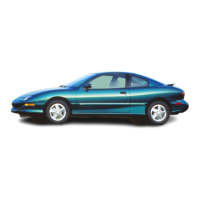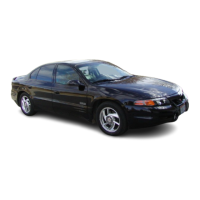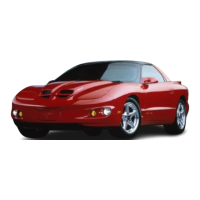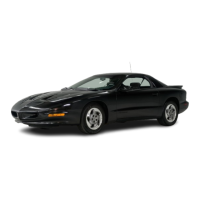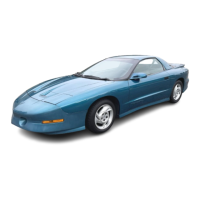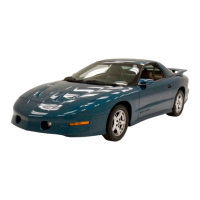I
A
CAUTION:
Smaller children and babies should always be
restrained in a child or infant restraint. The
instructions for the restraint
will
say whether
i
the right type and size for your child.
A
very
young child’s hip bones are
so
small that
a
regular belt might not stay
low
on the hips,
as
i
should. Instead, the belt will likely be over the
child’s abdomen. In
a
crash, the belt would
apl
force right
on
the child’s abdomen, which cod(
cause serious
or
fatal injuries.
So,
be sure that
any child small enough for
one
is always prope
restrained in a child or infant restraint.
it
is
it
PlY
d
Infants need complete support, including support for
the
head and neck.
This
is necessary because
an
infant’s neck is weak and its head weighs
so
much
compared with the rest of its body.
In
a crash,
an
infant
in a rear-facing restraint settles into the restraint,
so
the
crash forces can be distributed across the strongest part
of
the infant’s body, the back and shoulders.
A
baby
should be secured
in
an
appropriate infant restraint.
This
is
so
important that many hospitals today won’t
release a newborn infant to its parents unless there is
an
infant restraint available
for
the baby’s
fist
trip in a
motor
vehicle.
1-32

